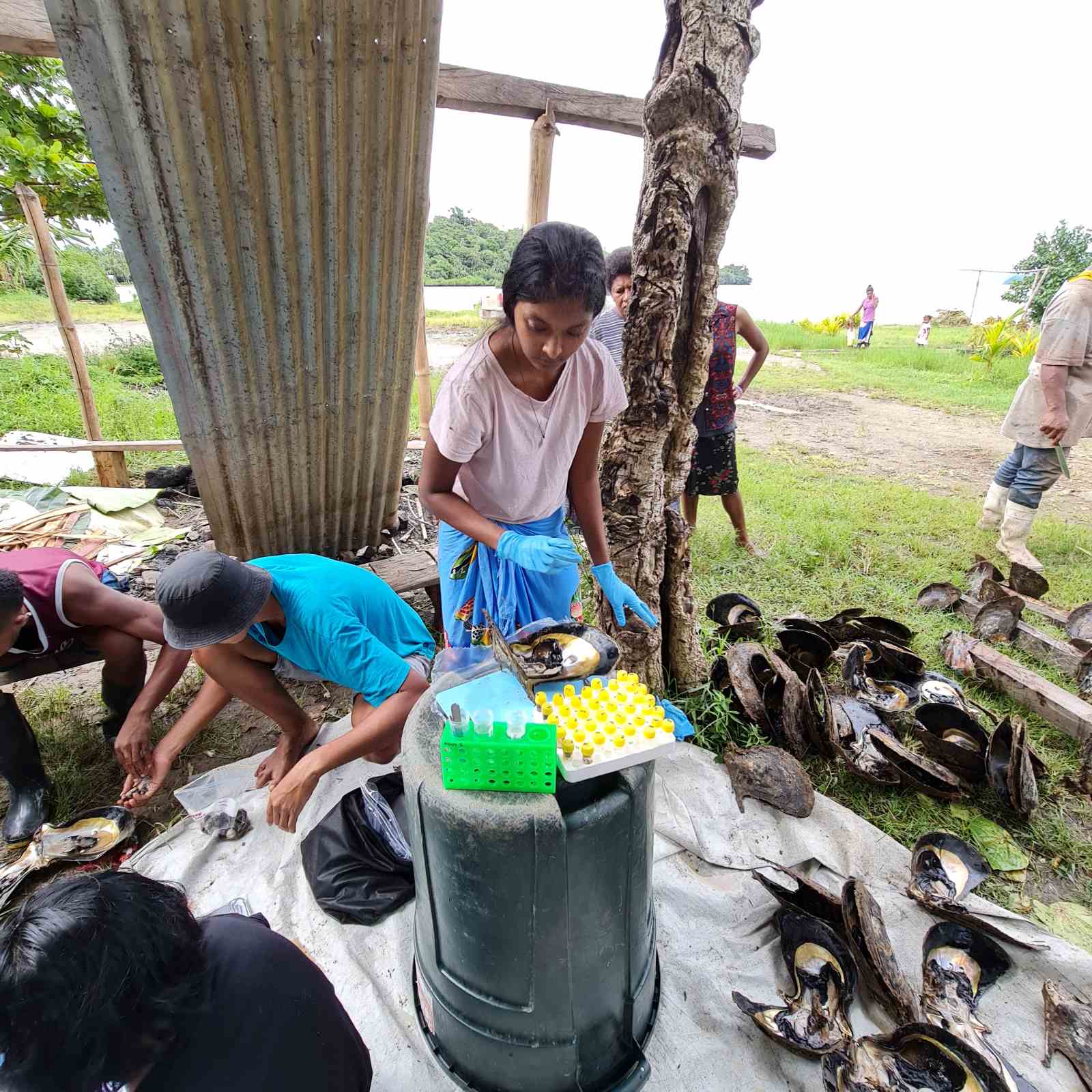Related News

The University of the South Pacific (USP) wishes everyone a Happy International Day of Women and Girls in Science!
The United Nations General Assembly declared 11 February 2015 as International Day of Women and Girls in Science to promote empowerment and gender equality. This year’s theme is “Equity, Diversity, and Inclusion: Water Unites Us.”
USP recognises the day’s importance and encourages equal participation and leadership of women and girls in the science and technology communities through its School of Information Technology, Engineering, Mathematics, and Physics (STEMP) and the School of Agriculture, Geography, Environment, Ocean and Natural Sciences (SAGEONS). Women and girls make up 51 per cent of STEMP students, while 60 per cent of SAGEONS students are female, demonstrating women’s active participation in science.
USP Vice-Chancellor and President, Professor Pal Ahluwalia stated that on this day, USP continues its commitment to the empowerment of women and girls in science.
“It is exciting to see the number of women and girls in science who play a pivotal role in research and innovation. The University recognises the contributions made by its students and alumni and will continue to provide equal opportunities for further development,” he added.
Felicia Leitupo Sa’e, a Bachelor of Engineering in Electrical and Electronics USP alumnus who now works at Vodafone Fiji as an Access Networks Analyst said she always had a passion for science and was eager to venture into a challenging programme.
“For the young girls who are looking to pursue a career in a male-dominated field, please don’t hold back,” she said.
“It is a challenging journey but I tell you it is worth it. We are living proof that you can do it too.”
Isabell Sami, a Master of Science student at USP, is involved in a new aquaculture research study aimed at better understanding the genetics of one of the region’s most economically important oyster species. Her findings will aid hatchery operators, spat collectors, and mabѐ pearl farmers by allowing for better juvenile population monitoring and control. The project outcomes will significantly influence the region’s socioeconomic security, notably replenishing local pearl oyster stocks.